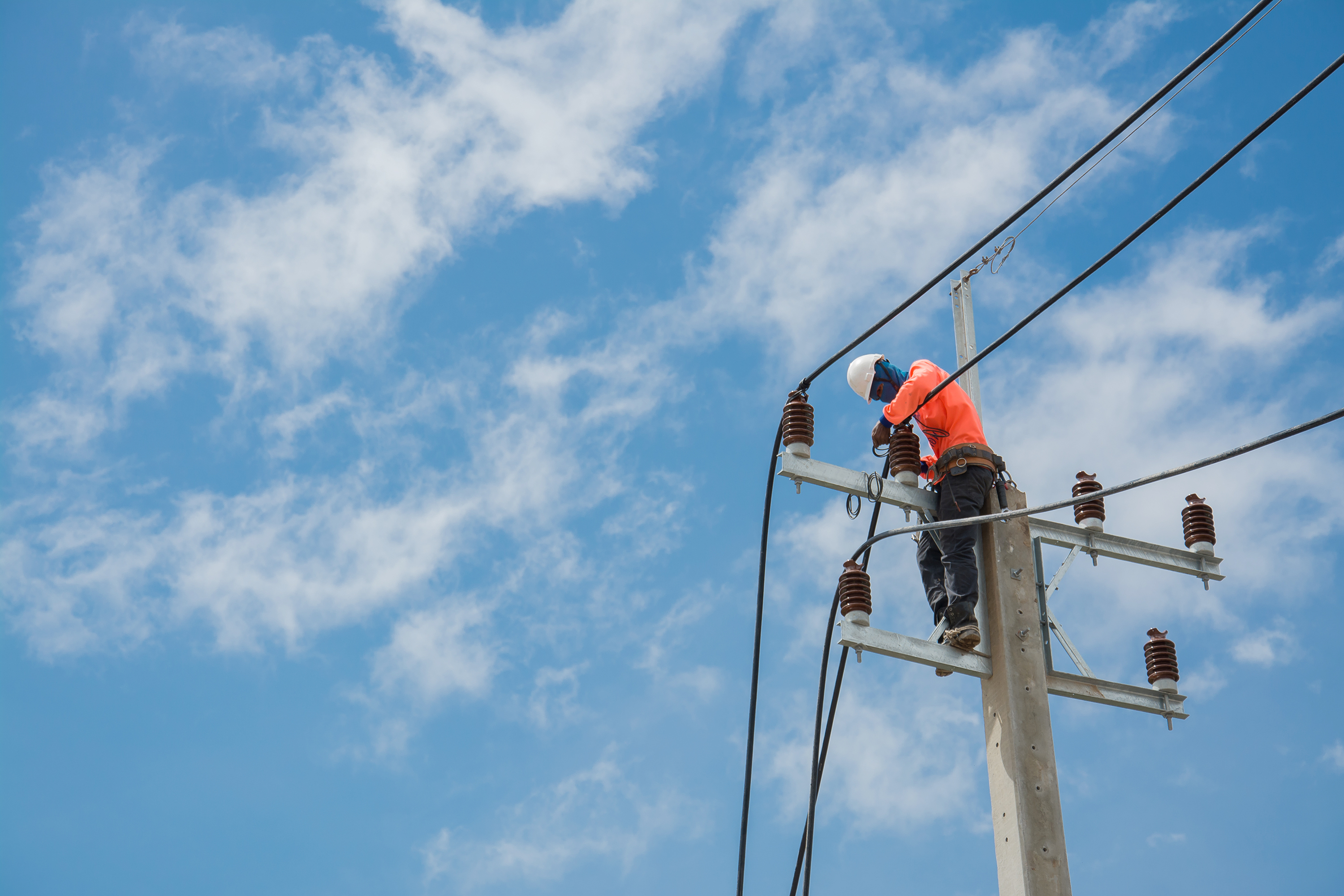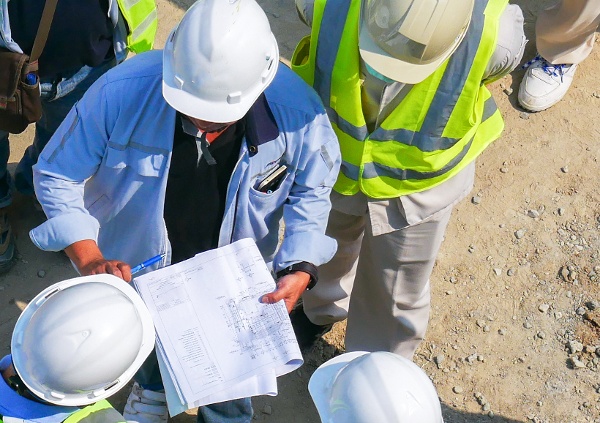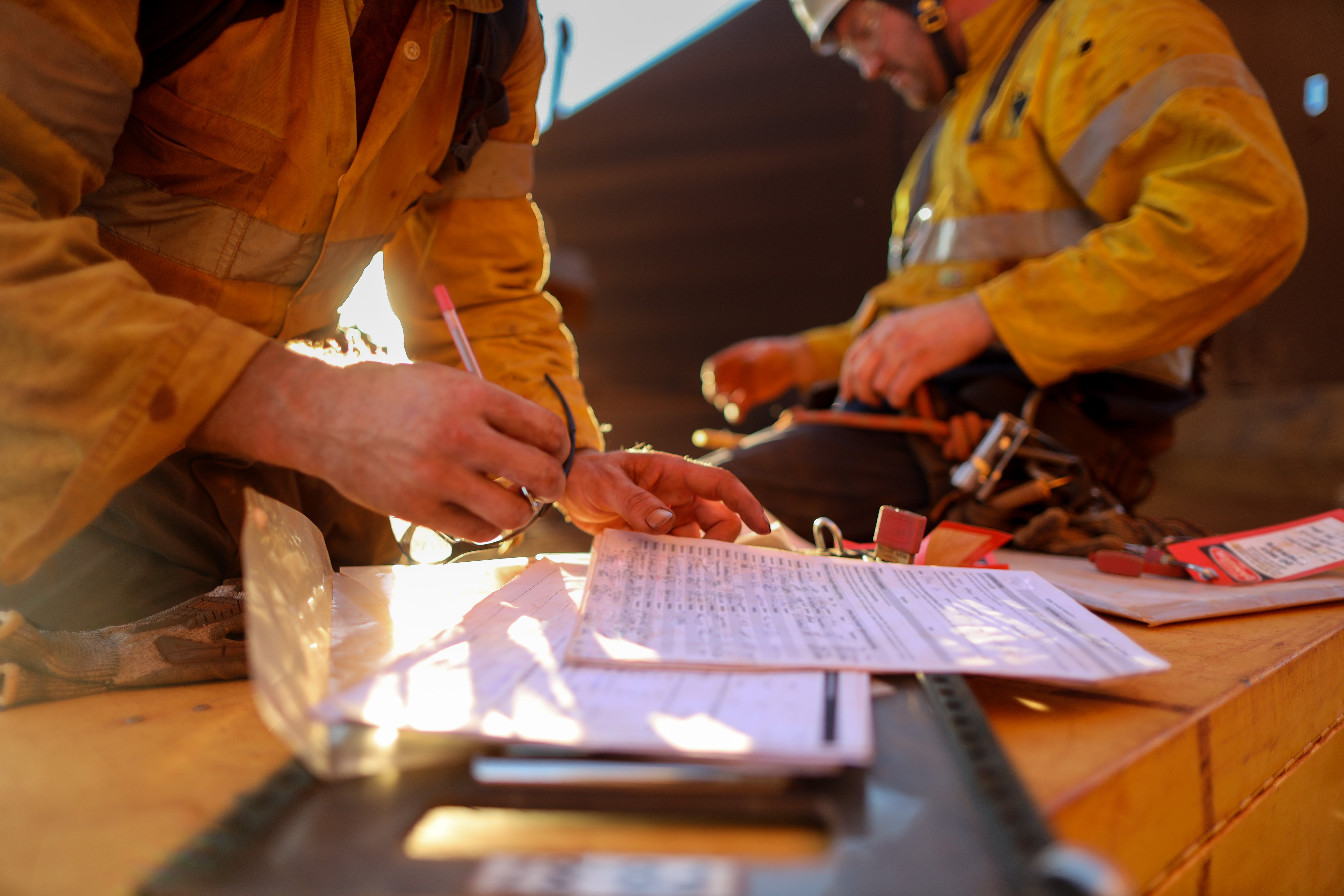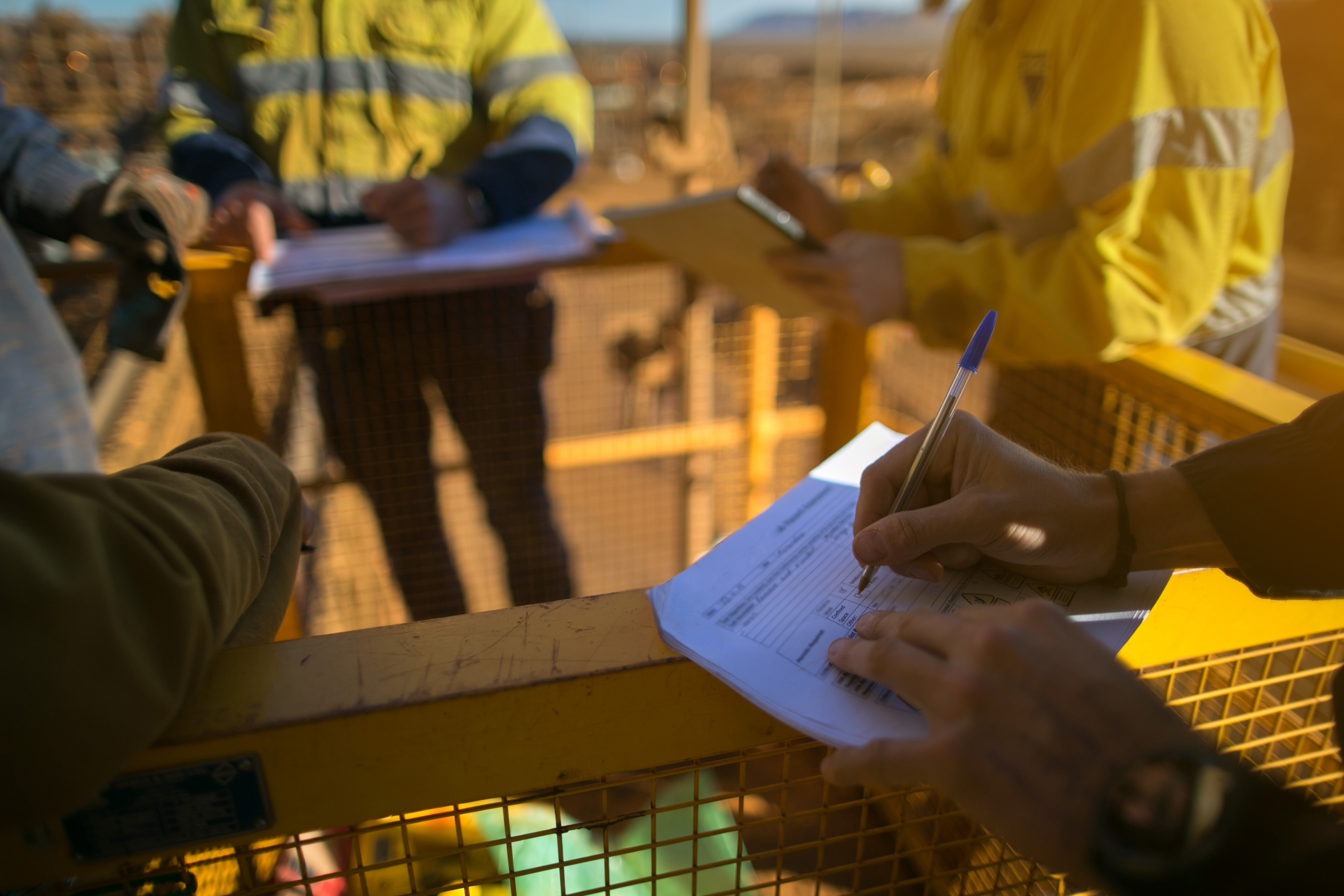Utility vegetation management involves serious hazards. On a regular basis, workers take chainsaws to tree limbs near electrical wires at elevation — an activity that blends several high-energy hazards into a major compound threat.
Yet, the risks of vegetation management rarely get discussed outside utility operations circles. Article after article on the “most dangerous jobs” never mention them.
Does that mean utility vegetation managers somehow escape all the serious injuries and fatalities (SIFs) in their path? Unfortunately, no. In truth, vegetation managers likely have one of the most dangerous jobs in North America. The risks they face have merely gotten lost in the data.
Why is utility vegetation management so dangerous?
Many “most dangerous jobs” articles rely on data from the Bureau of Labor Statistics (BLS). This division of the U.S. Department of Labor tracks a broad range of occupations and their injury statistics across the United States — from food service managers to aircraft pilots to cashiers.
“Utility vegetation manager” is not among them.
Many job titles are too specific to include in a national survey of labor statistics. But an absence from the official injury records doesn’t mean the job is safe — it just means the BLS doesn’t track it.
So, how can you judge the riskiness of a job that isn’t included in the statistics? In such cases, it makes sense to look at proxy factors:
- What tracked jobs are most similar to utility vegetation management?
- What tasks performed by these jobs are responsible for most of their injuries?
- What activities make these jobs so dangerous?
If you explore the BLS records with these questions in mind, utility vegetation manager begins to look like one of the riskiest jobs around.
What jobs are most similar to utility vegetation manager?
When you consider the normal work routines of utility vegetation managers against the jobs in the 2020 BLS records, three similar occupations stand out: logging workers, electric power-line installers and repairers, and landscaping services.
Logging workers
Like vegetation managers, loggers spend their days bringing down trees and their branches — a job duty that involves multiple compound hazards. Both jobs use chainsaws, work near heavy machinery, involve climbing trees to high elevation, and create struck-by hazards as products of their work. Like loggers, vegetation managers may operate in rural areas where emergency services are hours away. All these factors combine to create a fatal injury rate for logging workers of 91.7 — the second-most fatal occupation recorded in BLS statistics and almost 27 times the all-job average.

Utility vegetation managers share these hazards, but receive much less attention on the risks associated with their work.
Electric lineworkers
Electric power-line installers and repairers also share much in common with their vegetation management colleagues. Lineworkers face a range of high-energy hazards on the job — working at elevation on poles or in bucket trucks, operating around busy roadways, and interacting with electrical wires. Consequently, lineworkers have a fatal injury rate of 18.6, according to BLS figures — 5.4 times the all-industry average. As with loggers, though, vegetation managers face the same hazards without receiving a comparable level of attention.
Landscapers
Landscaping companies employ certified arborists, as do companies that perform vegetation management for utilities. But even landscapers have a fatal injury rate of 17.9 — 5.2 times the average, according to the BLS. Like utility vegetation managers, landscapers face an increased risk of falling while working at elevation to keep trees in order.
In many respects, the job of utility vegetation management combines the most hazardous parts of logging, electrical work, and landscaping into one high-risk occupation that is not captured clearly in BLS reporting.
But utilities have a strong safety record, right?
Fortunately for their employees, utilities are one of the most safety-conscious industries. As of 2020, construction and transportation now top the BLS’s sectors with the highest number and rate of fatal injuries. Utilities don’t even make the list.
This absence is a notable achievement, as utilities have a SIF exposure rate seven points higher than the all-industry average. Even though utility workers encounter multiple threats in their line of work, they sustain fewer SIFs than the data would project — a testament to the strong safety culture of the industry.
But there’s a complicating factor when it comes to vegetation management: Most of this work is done by contractors.
Utilities may retain a strong safety record, but the SIFs that befall their vegetation managers are not getting assigned to the industry. Rather, the BLS records data for all vegetation management (including utilities) under forestry — the third most-fatal industry sector and one grouped together with agriculture, fishing, and hunting.
From the BLS’s perspective, it makes sense to group these industries together — they deal with the natural world and share many hazards in common. But utility vegetation management is distinct among the jobs in this category in that it operates for the benefit of a different sector. As a result, the SIFs that occur to vegetation management contractors are not ascribed to utilities, but instead get tracked under the same heading as farming and hunting accidents.
What can utilities do to keep vegetation managers safe?

The first step in keeping vegetation management workers and contractors safe is understanding the real level of risk they face on the job. With the details of these SIFs dissociated from the utility industry in official statistics, it’s easy for companies and regulators to overlook the danger.
Recognizing the safety hazards that place vegetation managers in harm’s way, utility EH&S teams can continue the jobs they have done so well. They can design targeted approaches to keep their workers and contractors safe, including prioritized safety inspections, tailored training, energy-based hazard recognition, and more appropriate controls for the compound hazards that are daily factors on the job.
***
Between working at elevation, using high-energy power tools, and operating near power lines alongside busy roads, utility vegetation managers face an onslaught of compound hazards every day — a fact frequently overlooked by data analysts.
But by surfacing the risks involved with this job, utilities have the opportunity to extend their robust safety practices to these contractors, control the hazards these workers face every day, and share the success they have had in changing the safety culture among their workforce.
Want to learn more about hazards affecting utility vegetation managers? Subscribe to the Urbint newsletter below.

